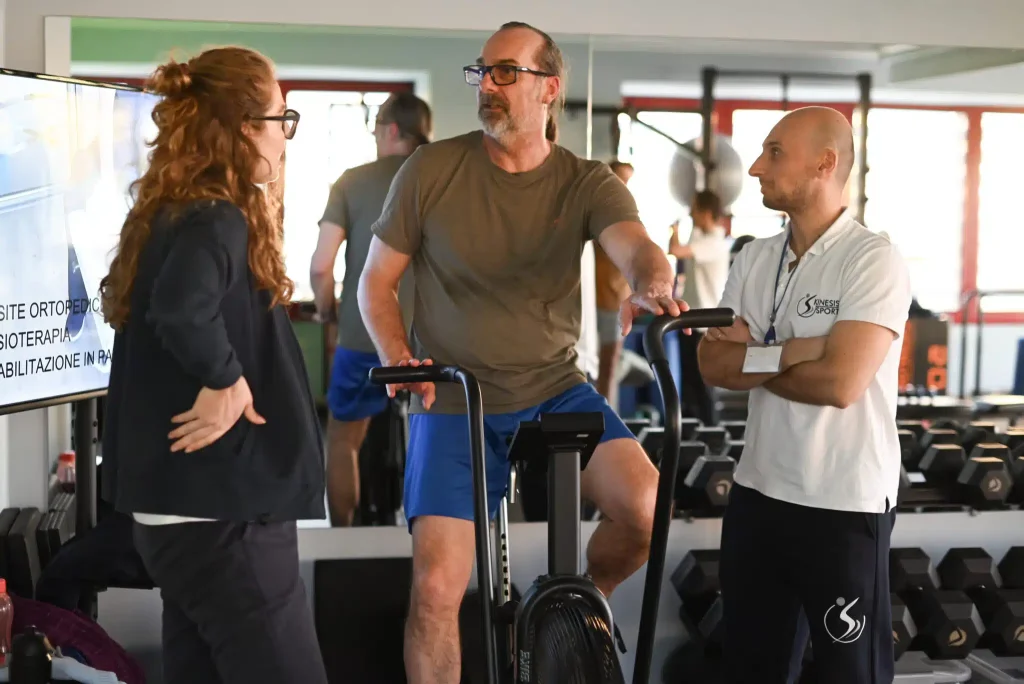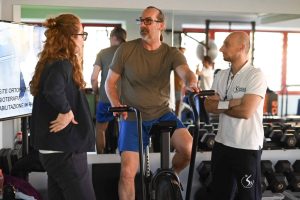What is fibromyalgia?

The Importance of a Multidisciplinary Approach in Fibromyalgia
For patients diagnosed with fibromyalgia, the most effective treatment is a multidisciplinary approach, as it allows for comprehensive, 360-degree care. In the field of physiotherapy, different strategies are applied, but current scientific evidence does not yet identify a single therapy as the most effective.
What we do know is that programs combining aerobic exercise, strength training, and flexibility work are, to date, the most effective way to improve both pain and physical function.
What Is Aerobic Exercise and Why Is It Useful in Fibromyalgia?
Aerobic exercise includes any activity that engages large muscle groups through rhythmic, sustainable movements. Effective examples include walking, swimming, dancing, or cycling.
For exercise to positively impact fibromyalgia, it must respect key parameters such as: intensity, duration, frequency, and specificity (for instance, training in walking improves walking ability, but not necessarily other activities).
Benefits of Aerobic Exercise for Fibromyalgia
Aerobic activity works on multiple levels:
- Reduces pain sensitivity through the release of endorphins and endogenous opioids;
- Activates central pain inhibition mechanisms, particularly during sleep;
- Improves sleep quality, endurance, and recovery capacity;
- Reduces systemic inflammation and muscle stiffness;
- Supports psychological well-being and cognitive function;
- Optimizes body composition: increases muscle mass, reduces fat mass, and improves overall body balance.
A Real Impact on Daily Life
Several studies confirm that when correctly integrated, aerobic training improves:
- Overall quality of life;
- Pain control and chronic fatigue;
- Levels of anxiety and depression;
- Performance in the 6-Minute Walk Test (6MWT);
- Reduction of tender points, historically used as diagnostic criteria for fibromyalgia.
How Intense Should Exercise Be?
The optimal intensity is not yet fully established, but research suggests starting with a gradual program based on moderate-intensity or interval training. This approach reduces the risk of overload and improves long-term adherence.
The Role of Physiotherapy and Therapeutic Education
In fibromyalgia management, physical training should be supported by a program of therapeutic education. Working with the patient to develop daily management strategies, reduce stress, and improve self-efficacy is essential.
Techniques such as muscle relaxation, activity and time management, psychological support, and cognitive-behavioral therapy can amplify the benefits of physical activity and promote lasting results.
Conclusion
A personalized approach that integrates physiotherapy, aerobic training, psychological support, and stress management strategies is currently the most effective path to improving the quality of life for those living with fibromyalgia.
As healthcare professionals, our role is to guide patients toward an active, conscious, and sustainable lifestyle.


